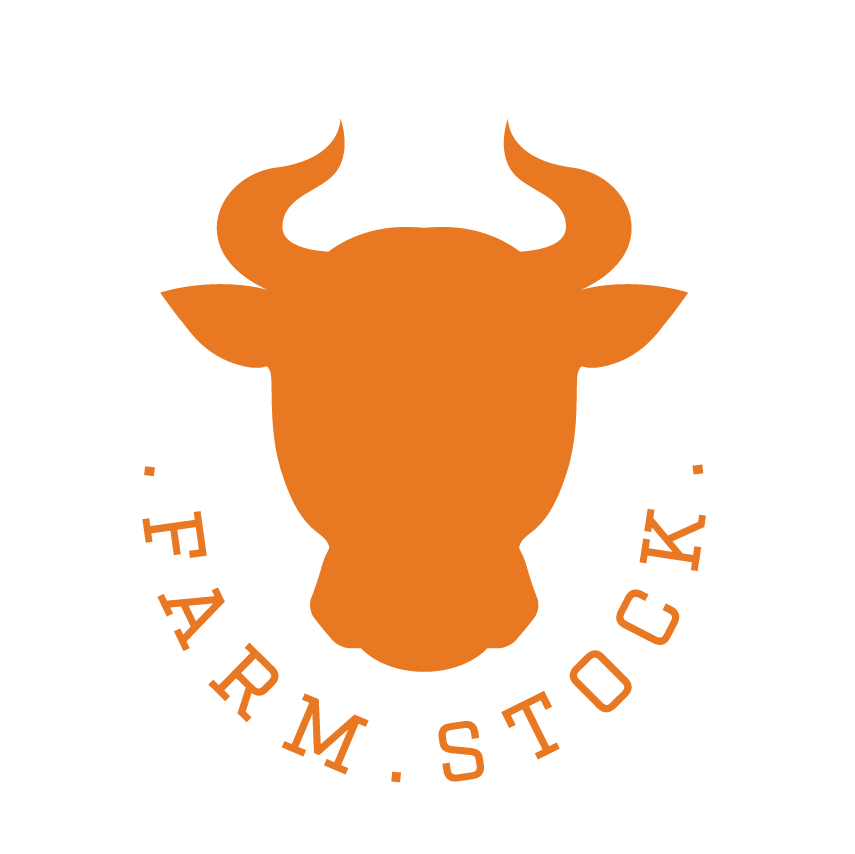What is driving UK land prices in 2023?

We saw record high farmland prices across the UK in 2022. So, what factors are driving this and what can we expect going into 2023?
To give this some context:
- Average price of arable land in England is £10,600/acre
- Average price of pasture land in England is £8,500/acre
- Average price of arable land in Scotland is £9,500/acre
- Average price for grass leys in Scotland is £4,000/acre
Source: Strutt & Parker Farmland Market Review and the Strutt & Parker Scottish Farmland Market Review
So what’s driving this? Well, there is 3 main factors:
Supply & Demand
The first is supply and demand. The demand for farmland in the UK is easily outstripping supply with plenty of buyers but not much to offer them. You don’t need Adam Smith to tell you that these factors are pushing prices up.
There were just over 77,000 acres of land brought to market in England in 2022 and 41,000 in Scotland, and whilst up from 2020/2021, it still remains low.
This graph here shows the dwindling amount of UK farmland that has been brought to the open market over the past 20 years.

But lack of supply isn’t the only issue.
Natural Capital
This is the biggie and the real reason we’re seeing record prices particularly in Scotland.
Back in the day it used to just be farmers buying and selling land. But today, it’s a lot more complex.
Whilst farmers and landowners are still present, they’re being joined by a whole raft of new buyers - private individuals, investors and companies - looking into the environmental benefits of owning land.
With the Government's drive towards net zero, businesses are under increasing pressure to account for and reduce their carbon emissions and they are looking to farmland to offset these emissions.
On top of that there is the potential of natural capital to increase the return on investment from farmland which is again driving prices upwards.
Economics.
The third reason for record high prices is the economic times that we’re living in. Whilst interest rates have risen from their historic lows in 2022, they are still relatively low.
This, coupled with rampant inflation, is attracting investors to farmland which has a good reputation as an investment hedge against inflation.
The table below shows the change in farmland asset value in relation to other asset classes. Farmland is second only to gold and easily outstripping the housing and stock market.

Problems
This is all great if you own land but not if you’re trying to buy. There is growing unrest amongst farmers who are unhappy that investors outside of agriculture are buying up huge swaths of land to plant trees at prices they cant afford.
This is particularly important against the backdrop of the war in Ukraine, talk of food security and self sufficiency here in the UK.
It also does nothing to address the ageing farmer population and lack of new entrants in the sector. It is becoming increasingly difficult for new entrants to get access to land and get a foothold in the industry.
Outlook for 2023
So where do we go from here and what’s the outlook for 2023?
Well, the rise in interest rates will have an effect. A rise in interest rates means buyers will have to pay more to borrow, ultimately reducing the amount of money they can borrow (same with houses) so this will likely temper prices to some degree.
But, the insatiable appetite for natural capital and lack of supply of land will mean prices will most likely remain high throughout 2023.
